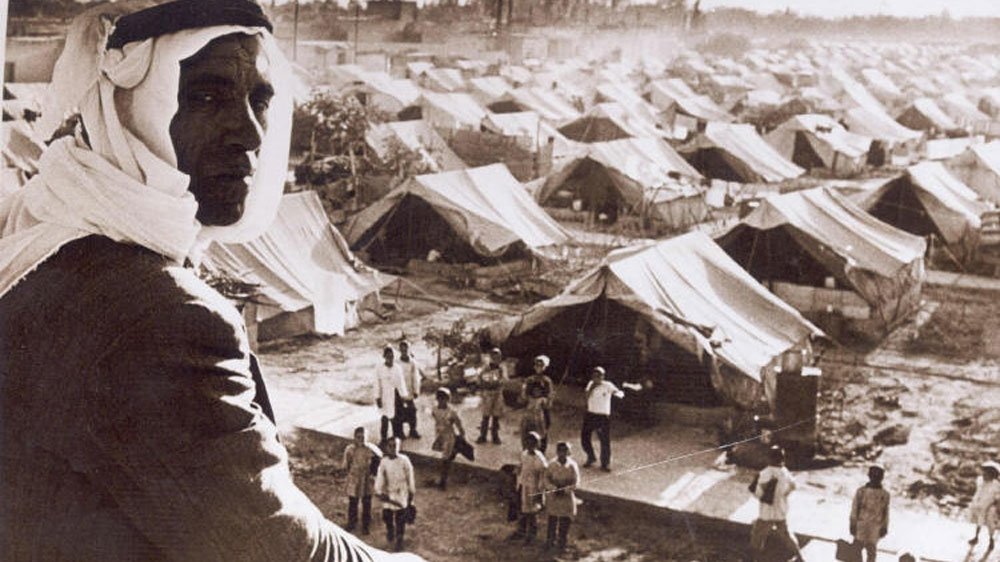
This post is for anyone who loathes racism, both anti-Jewish and anti-Arab, and who feels they have not heard details of the Palestinian side of the history of the establishment of Israel in 1948. It continues a series of posts I have been doing on a book by Palestinian historian Nur Masalha titled Expulsion of the Palestinians: The Concept of "Transfer" in Zionist Political Thought, 1882-1948. As the title indicates, the research Masalha addresses is the extent to which the Jewish Zionist movement was seriously preparing to transfer the Arabs out of Palestine prior to 1948. The significance of the research is that it indicates that the popular notion that the Palestinians virtually voluntarily left Palestine at the establishment of the state of Israel and the first war with the neighbouring Arab states is a myth.
So if you are someone who cannot tolerate any suggestion that there could possibly be two sides to the situation besetting Palestine today then don't read any further. If you are obsessed with a one-sided narrative that Israelis are saintly innocent victims and Palestinian Arabs are devilish bloodthirsty monsters, go away.
Thank you.
—
Below are extracts from a diary of Yosef Weitz, director of department responsible for land acquisition and distribution in Palestine in the years leading up to 1948. Weitz was typical of many of his fellow-leaders of the Jewish settlements in Palestine, believing strongly in the necessity of Arab transfer from Palestine to make room for Jewish settlers. Nur Masalha describes his unedited diaries, now in the Central Zionist Archives in Jerusalem, as
One of the best sources of insight into the Yishuv leadership's transfer ideas during World War II. (1992, p. 131)All bolding of text is my own.
20 December, 1940:
Amongst ourselves it must be clear that there is no room for both peoples in this country. No "development" will bring us closer to our aim to be an independent people in this small country. After the Arabs are transferred, the country will be wide open for us; with the Arabs staying the country will remain narrow and restricted. When the war is over, and the English have emerged victorious and when the judging nations sit on the throne of law, our people should bring their petitions and claims before them; and the only solution is that the Land of Israel, or at least the Western Land of Israel [i.e., Palestine], without Arabs. There is no room for compromise on this point. The Zionist work so far, in terms of preparation and paving the way for the creation of the Hebrew state in the Land of Israel, has been good and was able to satisfy itself with land purchasing but this will not bring about the state; that must come about simultaneously in the manner of redemption (here is the meaning of the Messianic idea). The only way is to transfer the Arabs from here to neighbouring countries, all of them, except perhaps Bethlehem, Nazareth, and Old Jerusalem. And the transfer must be done through their absorption in Iraq and Syria and even in Transjordan. For that goal, money will be found — even a lot of money. And only then will the country be able to absorb millions of Jews and a solution will be found to the Jewish question. There is no other solution.18th March, 1941:
Once again I come face to face with the land-settlement difficulties that emanate from the existence of two "peoples" in close proximity. . . . We have clashing interests with the Arabs everywhere, and these interests will go and clash increasingly . . . and once again the answer from inside me is heard: only [Arab] population transfer and evacuating this country so it would become exclusively for us is the solution. This idea does not leave me in these days and I find comfort in it in the face of the enormous difficulties in the way of land-buying and settlement.20th March, 1941:
I am increasingly consumed by despair. The Zionist idea is the answer to the Jewish question in the Land of Israel; only in the Land of Israel, but not that the Arabs should remain a majority. The complete evacuation of the country from its other inhabitants and handing it over to the Jewish people is the answer.17th July, 1941:
large [Arab] villages crowded in population and surrounded by cultivated land growing olives, grapes, figs, sesame, and maize fields. . . . Would we be able to maintain scattered settlements among these existing [Arab] villages that will always be larger than ours? And is there any possibility of buying their [land]? . . . . and once again I hear that voice inside me called: evacuate this country." [emphasis in original]Another entry, 4th May 1941, Weitz records his conversations in which he pointed out other Yishuv leaders who agreed with his views on the necessity for Arab transfer. In the same month he was also working on practical plans to carry out those transfers in preparation for the end of the war when the time would be right to carry them out.
26th June, 1941
Throughout the journey my reflections were focused on that plan, about which I have been thinking for years; the plan . . . of evacuating the country for us. I know the difficulties . . . but only through population transfer will redemption come. . . . There is no room for us with our neighbours . . . development is a very slow process. . . . They [the Arabs] are too many and too much rooted [in the country] . . . the only way is to cut and eradicate them from the roots. I feel that this is the truth. . . . I am beginning to understand the essence of the "miracle" which should happen with the arrival of the Messiah; a "miracle" does not happen in evolution, but all of a sudden, in one moment. . . . I can see the enormous difficulties but this should not deflect us from our aim; on the contrary, we must double our efforts to overcome the difficulties and find a listening ear, first in America, then in Britain and then in the neighbouring countries. There the money will make it. People and money will be transferred there. We will set up an apparatus from the Yishuv manned by distinguished experts and these will supervise the Arab transfer and resettlement and a second apparatus will receive the [Jewish] "redeemers" and plant them on the land. . . . I pondered these measures all the way from Tel Aviv and also while visiting the lands near Ramat Hasharon and K'far Azar. This is the aim, the redemption, and the dream.22nd June, 1941
The Land of Israel is not small at all, if only the Arabs will be removed, and if its frontiers would be enlarged a little; to the north all the way to the Litani [River in Lebanon], and to the east by including the Golan Heights . . . while the Arabs should be transferred to northern Syria and Iraq.On 10th July 1941 Weitz had a meeting with Moshe Shertok, head of the Jewish Agency's Political Department, and Eliezer Kaplan, head of the Jewish Agency's Finance and Administration department, in which he proposed that the Jewish Agency set up a committee to investigate details of how to transfer the Arab population to Syria, Iraq and the Transjordan. Discretion was most important, he wrote in his diary on the same day:
. . . From now on we must work out a secret plan based on the removal of the Arabs from here. . . .
[we must] inculcate it into American political circles . . . today we have no other alternative . . . we will not live here with the Arabs.
The Committee must work quietly and without publicity but it could not work in complete mystery and without assistance from public authorities, especially now, during the war.Shertok and Kaplan agreed with Weitz's plan, but Shertok felt it would not be impossible to enlist the help of the British at that time.
In August Weitz also won the support for his plan from leader of the Mapai (later the Labour) political party, Berl Katznelson who said that the time to carry it out would be after the war. Masalha comments:
One might note here in passing that Katznelson, a leading figure of the Labor movement and often described in Israeli literature as the conscience of the Yishuv and the hero of socialist Zionism, remained until his death in 1944 a firm advocate of transfer, which he believed could be implemented in the immediate postwar period. At a meeting Expuswith youth at [an] agricultural school in July 1944, he noted that the Jewish state had always meant the imposition of the Zionist will on the Palestinian Arab majority and that all Zionist actions had to be carried out against the wishes of the Arabs. Nor were the Zionists unique in this regard, according to Katznelson: Stalin had transferred one million Germans from the Volga region to distant places in Siberia and in 1928 declared Birobidjan an autonomous an autonomous Jewish national district against the wishes of the indigenous population. (p. 136)In September 1941 Weitz set out his plan for Arab transfer at a kibbutz headquarters of the only group who had opposed the idea of Arab transfer. This time the reaction was mixed. The co-leader of the group opposed the plan because of its "impracticality" and because it would turn the Arabs against them all and cause political damage. Other kibbutz members said they would support the plan although they expressed doubts about how practical it was.
After visiting Syria to collect statistical data on the region and population he returned and wrote in his diary...
18th September 1941
Undoubtedly al-Jazirah is destined to become a huge absorption home for people — workers, peasants, townspeople, and others. There is much good land and plenty of water ready to be exploited. If the governments want to solve the Jewish question, then a solution could be achieved by the transfer of part of the Arab population of the Land of Israel to the Syrian Jazirah and no doubt also to the Iraqi Jazirah. There is no doubt that a thorough investigation will show that al-Jazirah, in its natural boundaries between the Euphrates and the Tigris, could absorb one million peasants and the same number of townspeople. Is it impossible to set up another town like Damascus in the al-Jazirah desert?Nur Masalha follows this entry with documentation of various activities by Weitz and others to make concrete plans for population transfer, including purchases of land in the Transjordan, that were to be hopefully implemented at the end of the war. Meanwhile, "caution" and "discretion" were insisted upon.
- October, 1941, Weitz met with Kaplan and decisions were made on the choice of persons to lead the implementation of the transfer plan at the end of the war;
- In the same month Weitz tasked a representative visiting Syria to enquire whether Jewish technical experts there would be able to carry out the transfer themselves; the representative (Bernard Joseph) did so, and undertook to begin serious preparations for transfer plans;
- November, 1941, at a transfer planning meeting of Weitz with other JA leaders, one person was assigned to study the climate at al-Jazirah and other specialists were asked to study the viability of exploiting water resources in Transjordan;
- Throughout 1942 various meetings continued to be held to gradually advance the plans for Arab transfer;
- 1st June, 1942, Weitz recorded a meeting held to plan Arab evacuation of the Hula region in Palestine and the influx of Jewish settlers in their place — a plan that, once made, was put on hold till the end of the war;
- 29th September, 1942, Weitz asked Professor Fritz Bodenheimer who was about to visit Iraq at the Iraqi government's invitation to secretly investigate the practicalities of transfer of Palestinian Arabs to Iraq;
- 1943/44, a purchase of land in the Transjordan on behalf of the Jewish Agency was made in preparation for transfer of Palestinian Arabs there.
The extent of Weitz's activities in the direction of preparing for the Jewish Agency transfer scheme to al-Jazirah and other destinations during World War II can hardly be exaggerated. The fruits of his efforts, however, were not to be fully manifested until the Palestine war of 1948. (p. 141)—
All posts in this series so far are archived at Masalha: Expulsion of the Palestinians
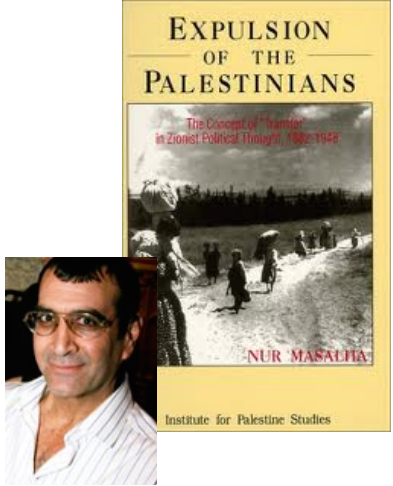
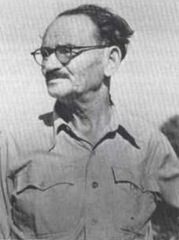
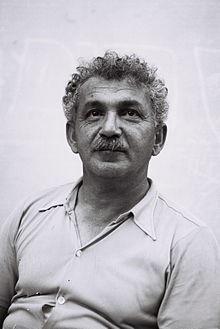
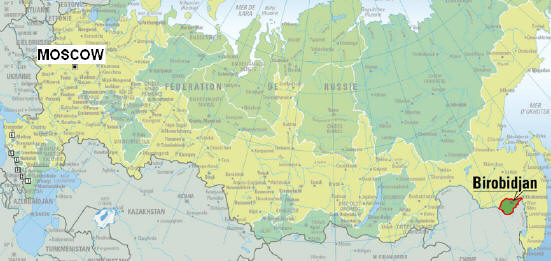
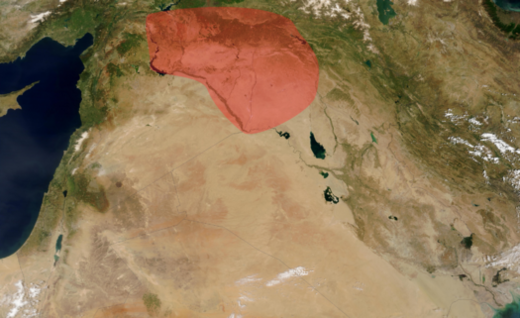



Reader Comments
to our Newsletter